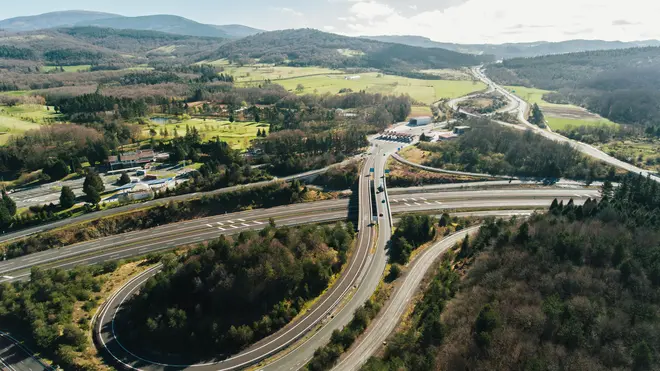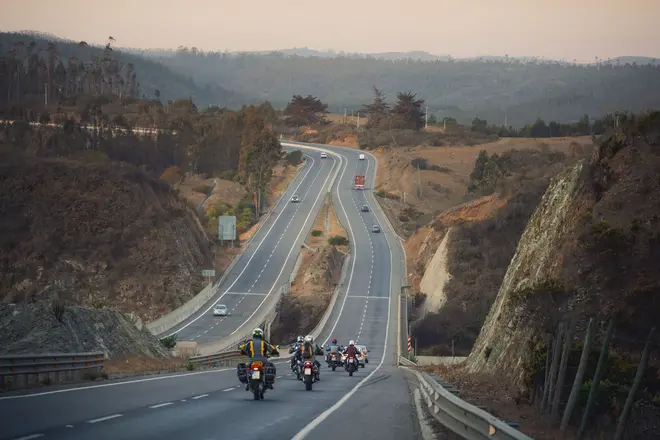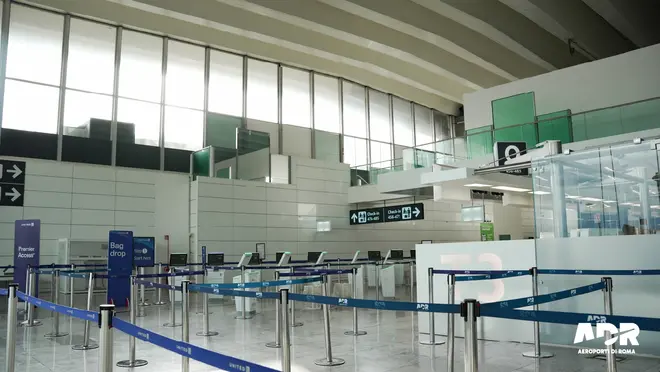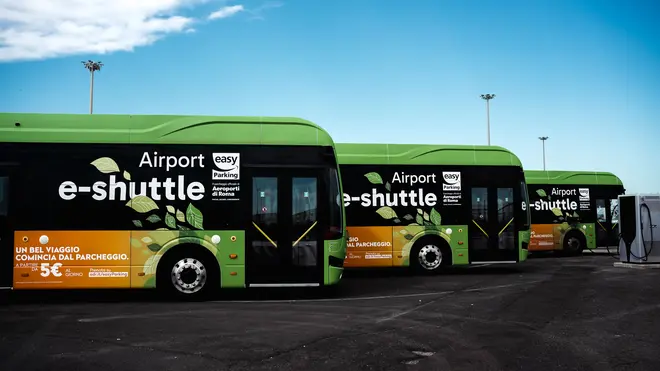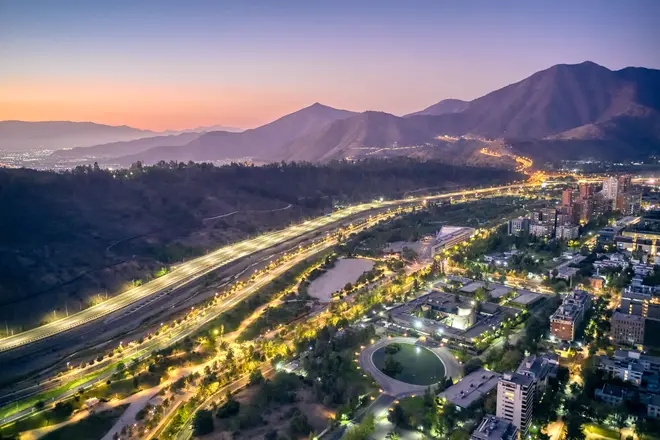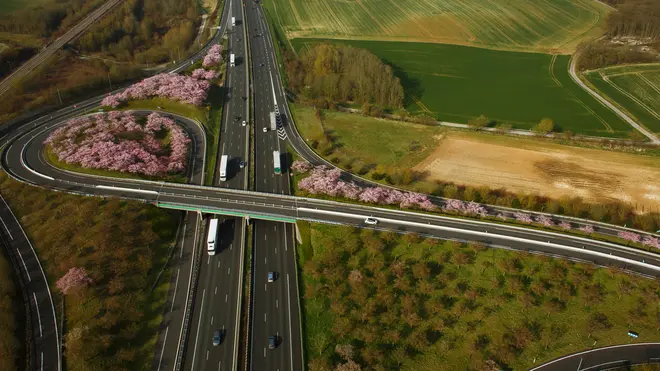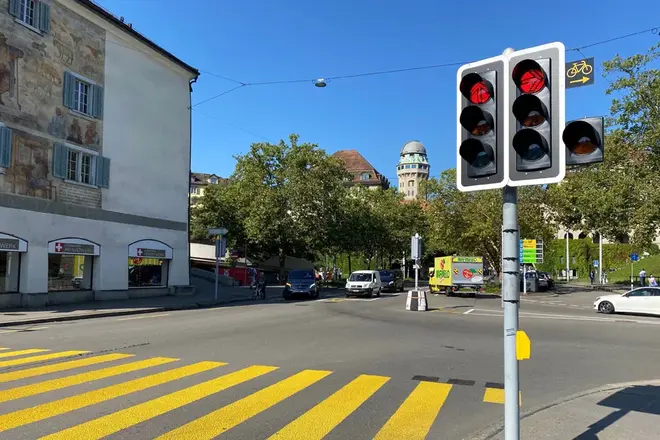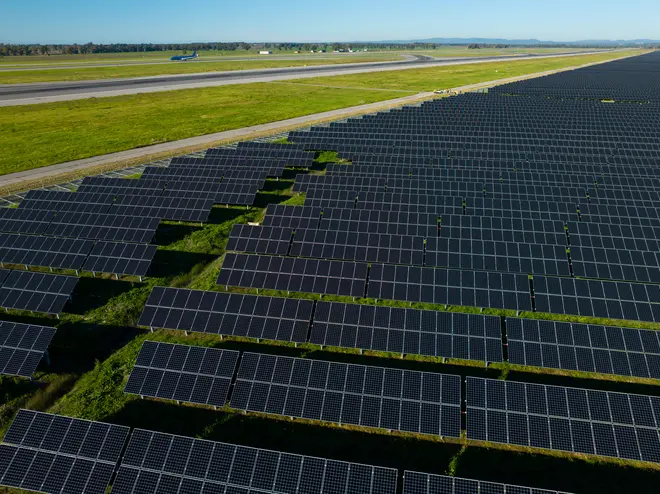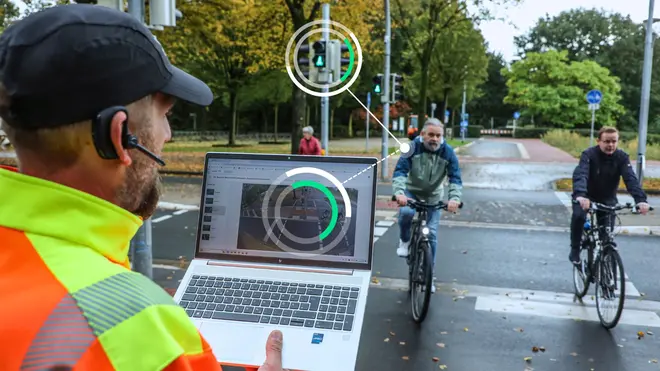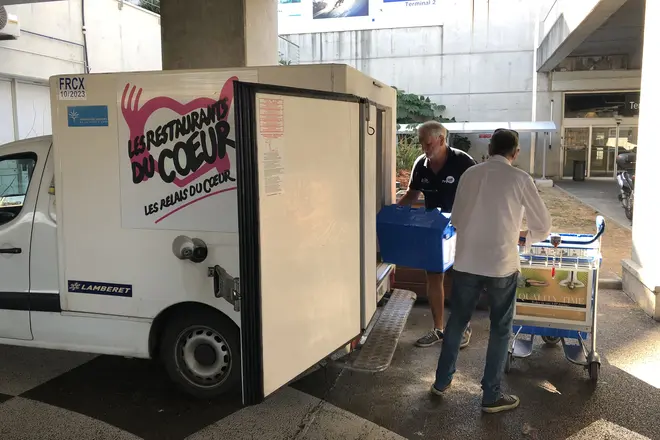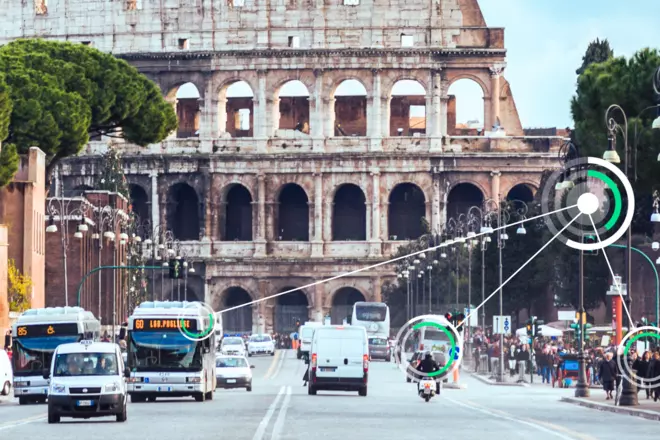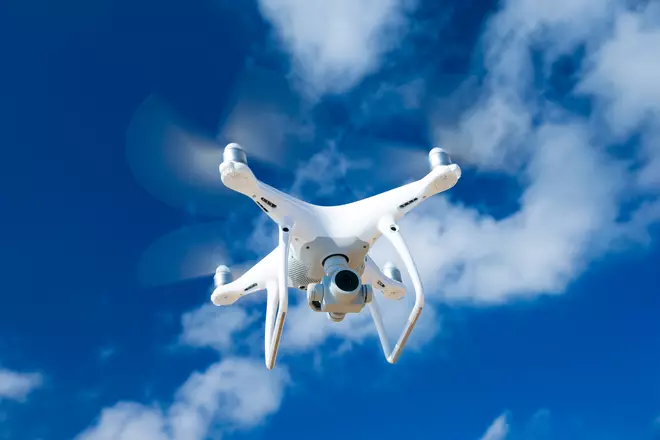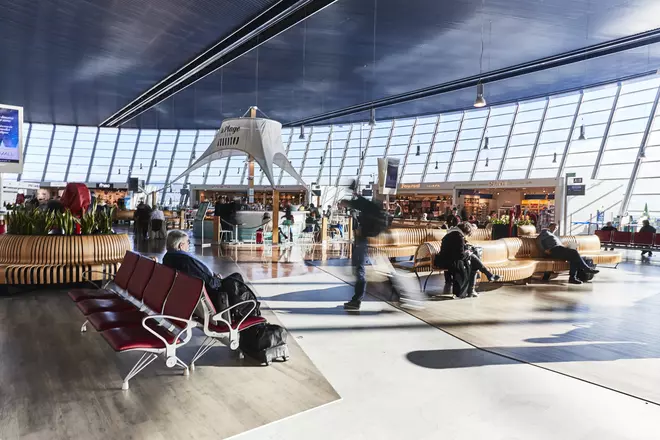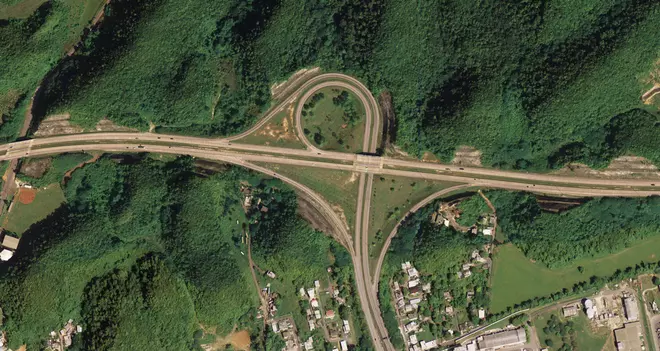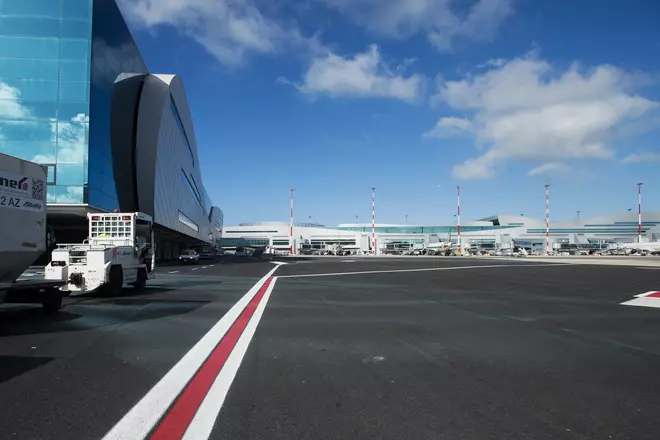
Atlantia aims at reinforcing its leadership positioning in the airport sector in terms of innovation, sustainability and quality of service, leveraging the subsidiary’s competencies and experience.
In this perspective, during the presentation of its Net Zero 2030 program, Aéroports de la Côte d’Azur has announced the establishment of a tripartite agreement, the first of its kind in France, with local towns and the National Forestry Office, to plant trees at the heart of the Côte d'Azur region and thus benefit from carbon sinks.
Despite the negative effects of the health crisis on its airport activities, Aéroports de la Côte d’Azur has decided to protect its investment capacity with regards to environmental conservation. In light of this, and in accordance with the commitments of its Cap 2030 program, which aims to make Nice Côte d’Azur airport a non-emissive airport within 10 years, the Group is committed to the gradual reforestation of the Maralpin region.
Therefore, and for the very first time in France, a tripartite agreement was signed between the airport company, two local towns (Saint-Césaire-sur-Siagne and Carros) and the National Forestry Office. As a result, Aéroports de la Côte d’Azur is committed to financing the acquisition of tree seedlings, their planting and their maintenance over a period of 30 years.
More specifically, Aéroports de la Côte d’Azur will finance the reforestation of 2.6 hectares in the town of Carros this month, where nearly 5 hectares of forest was burnt down in July 2017. This first step represents a volume of 2,080 plants (green oaks, downy oaks and various types of sorbus hardwoods). The Group will also reforest 0.5 hectares (using 500 cedar plants) in the town of Saint-Césaire-sur-Siagne, in the immediate vicinity of Cannes-Mandelieu airport, which it also manages.
According to the Group’s projected investment plan, over the next 10 years it could participate in the reforestation of more than 80% of the available communal forest areas in the Alpes-Maritimes. In 2030, the volume of trees planted will have captured about 300 tons of CO2 equivalent, in other words, the platform’s residual emissions.

